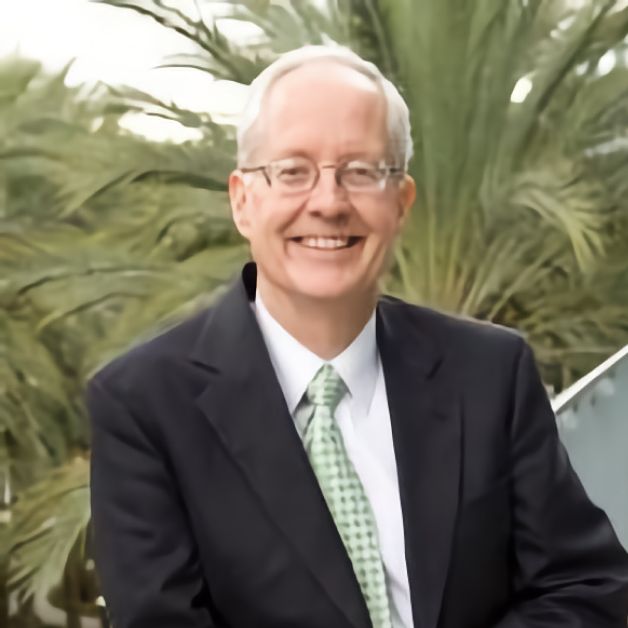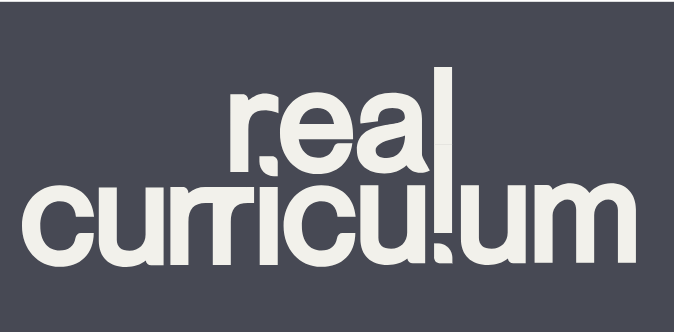Occasionally people ask me why I decided to name my company Real Curriculum. It’s kind of a long story.
In an education career spanning 5 decades, I’ve carried out or guided curriculum development work in a range of widely different contexts: private schools, non-profit foundations, public schools and districts, professional development, ed-tech, tutoring, adult health education, textbook editing, documentary and instruction television production, textbook publishing and more. And for the first 25 years of that work I have to confess that I wasn’t really certain of the answer to the question “What IS curriculum?”
It's not that there aren’t plenty of definitions available. A state Department of Education or school district might think of curriculum as the expectations they have for students—the standards they’ve established for learning in all of the disciplines and all of the grades.
A textbook company is more likely to think of curriculum as what’s included in the products they produce—that is, the content materials that they are hoping students will learn from: student texts, teachers’ guides, workbooks, practice exams, copy masters.
A college professor probably thinks of the curriculum as the topics they’re going to cover, aka their syllabus.
For a K-12 teacher the word is likely to bring to mind their lesson plans— what it is they intend to have happen each day in class, and what they hope students will learn from it.
What each of these meanings have in common is it allows educators to think of curriculum as something that they can fully control. But what if that’s just hubris?
What has never sat right with me about the widely accepted meanings of curriculum was that all of them describe what we as educators were doing, but not what our students are doing. Yet one thing above all others that I have learned about education over these 5 decades is that even when they all read and do exactly the same things and answer the same questions, each student has a different learning experience.
Every well-intentioned, responsible, professional educator that I have known has developed the sensibility and habit of thinking about what happens during learning not just from their own point of view, but from their students’ points of view. And I believe that most if not all curriculum developers would agree with me that the essence of successful curriculum design is the ability to put yourself in the shoes of the people you wish to serve through that design.
A while back these thoughts led me to a definition for the word curriculum that has served me, and I hope the students I work for, ever since:
Curriculum: The experiences a student has in the process of learning.
To differentiate this definition from the others, I came to call it the real curriculum—the curriculum that actually exists in our classrooms and wherever students are learning. It is the real curriculum that we seek to influence through all of the others—standards, instructional guidelines, textbooks, lesson plans, and digital learning experiences. Those efforts are all worthwhile, but it is only when we recognize that they are also somewhat artificial and do not represent what is happening in the minds of the students we serve that we fully understand that education is not an activity in which we are the leaders and our students are the followers, rather it is a collaboration between us and our students. Our job is to provide opportunity; theirs is to take advantage of that opportunity as they travel their own paths toward the achievement of learning goals that are meaningful to them.
And that’s how I came to call my company Real Curriculum—to remind myself every day that my job is not to control, but to help.

